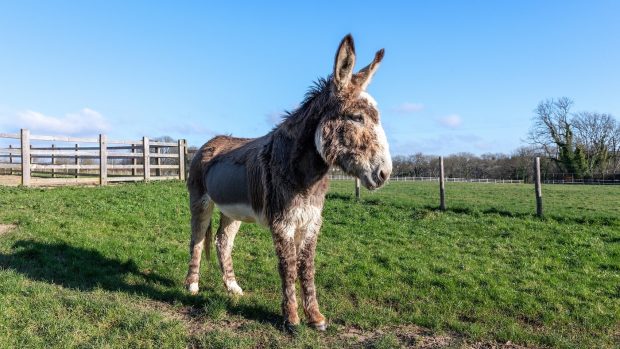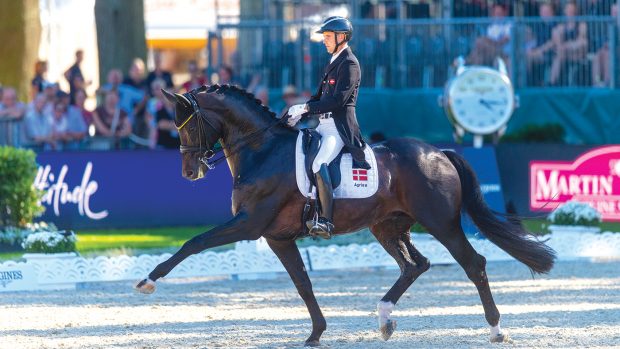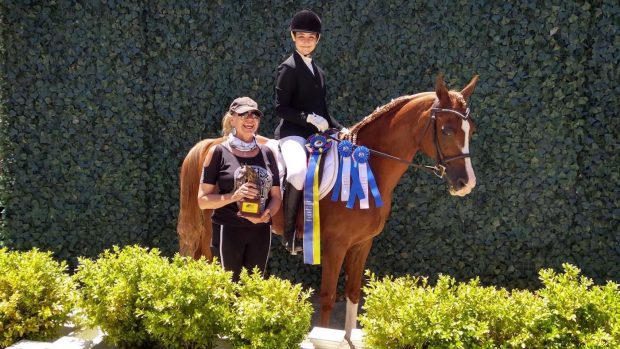What can we do to reduce the risk of colic in horses that crib-bite and windsuck?
Obviously, in an ideal world every effort should be made to prevent horses developing these behaviours in the first place by making management changes as soon as the first signs appear.
Unfortunately, while diet (particularly a lack of forage and high levels of concentrate feed) and stress do seem to be important in the development of these problems, we still do not know precisely why some horses develop them while others in a similar environment do not.
Given that these horses appear to be at greater risk of developing colic, it seems sensible to manage them in a way that reduces this behaviour best, which can vary between crib-biters and windsuckers.
Currently, recommendations include ensuring that these horses have forage available at all times, maximising the amount of time that they are turned out at pasture and making sure that other recommendations to minimise colic in horses are followed.
These include always having clean fresh water available, preventing large burdens of worms building up in the gut, checking teeth frequently and making any changes in diet and turnout gradual.
There is no current evidence that use of cribbing collars, or other devices, has any effect on the risk of horses developing colic.
On the contrary, previous research has shown that the use of these devices can be detrimental by further increasing stress.
For the full veterinary article on behaviour and colic, see the current issue of Horse & Hound (20 October, 2011)
Learn more about colic




